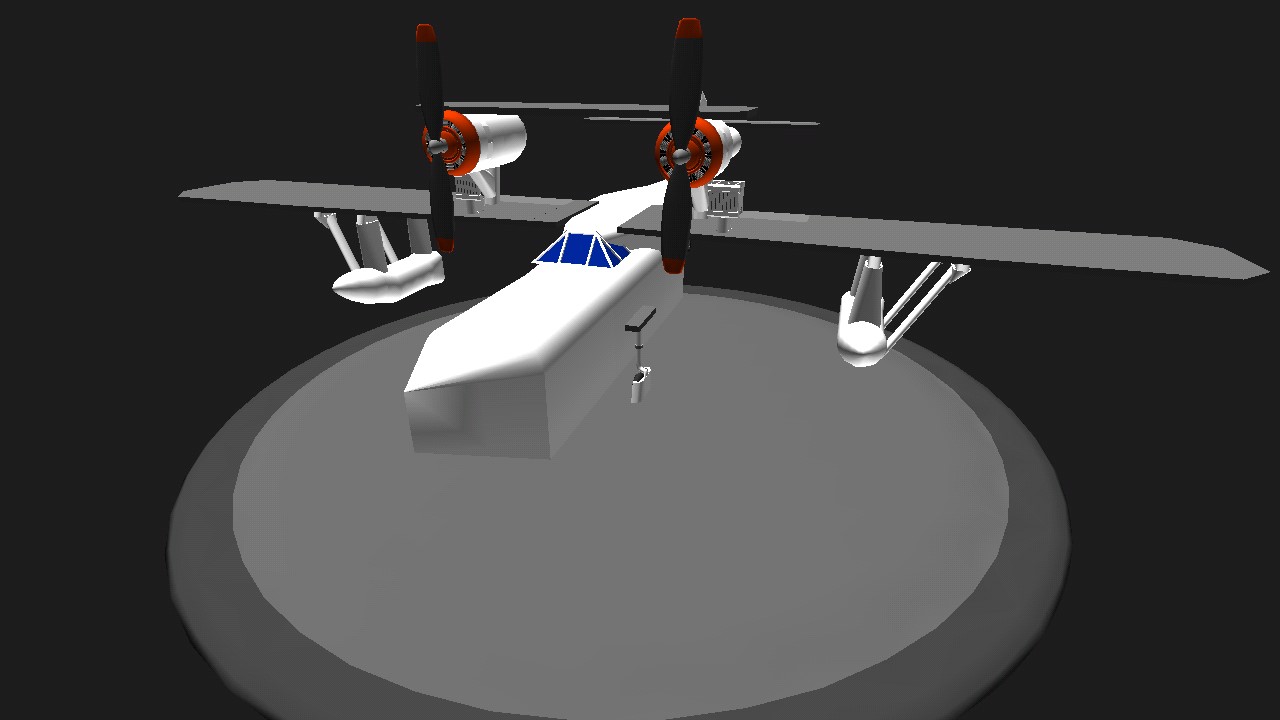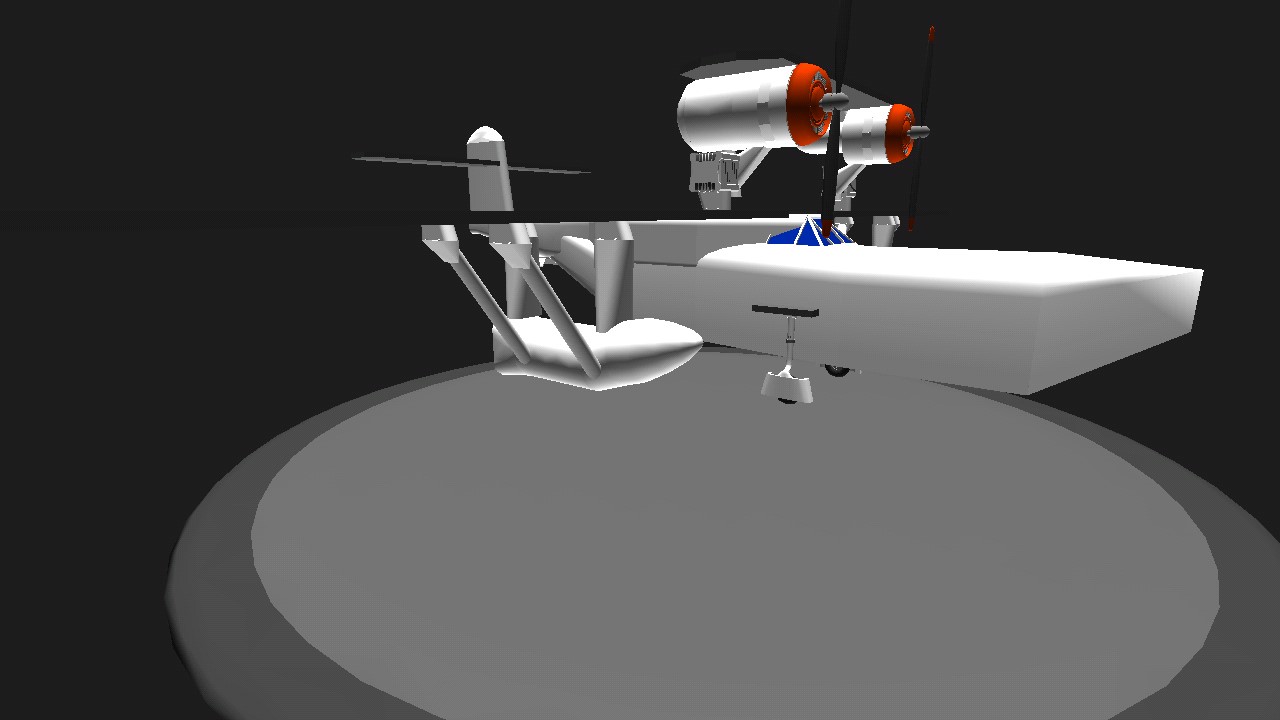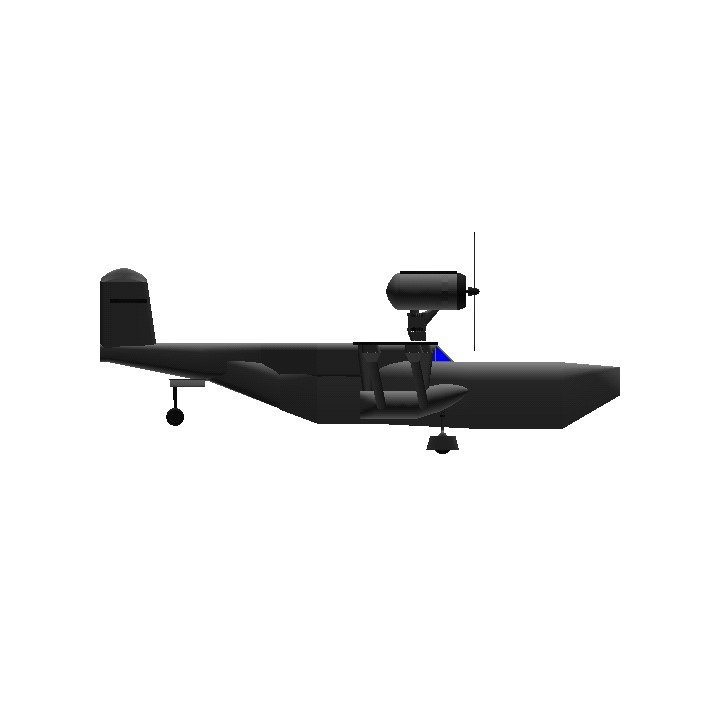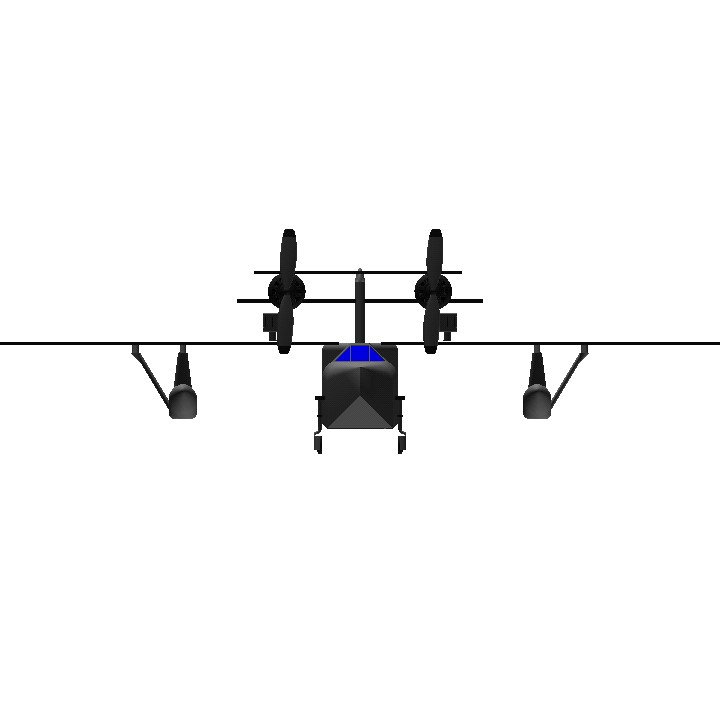Acquired by the Navy and Coast Guard as a transport and search and rescue aircraft, RD Dolphins served throughout the 1930s and in a limited role as patrol aircraft during World War II. Two open sea rescues made by Coast Guard RDs resulted in the first awards of the Distinguished Flying Cross ever made to Coast Guard Aviators. The RD on display in the Museum, last known of its kind, was originally purchased by William E. Boeing, the founder of the Boeing Airplane Company, in 1934.Orig... ginally designed as a flying yacht capable of operating only from water, Douglas's RD Dolphin ultimately entered production with amphibious capability in 1931. The Navy and Coast Guard took interest and ordered several as transport and search and rescue aircraft. Only 58 Dolphins were built, and between 1931 and 1935, the Coast Guard took delivery of 13 of them, four of which operated into World War II.Though one was used as an administrative aircraft by the Secretary of the Treasury, the majority of the Coast Guard RDs spent their service flying search and rescue missions, including two notable open sea rescues of fishermen in the 1930s for which the pilots received the first Distinguished Flying Crosses ever awarded to Coast Guard Aviators. Dolphins also assisted in rescue and recovery operations in the wake of the 1935 hurricane that decimated the Florida Keys. Those aircraft that remained operational during World War II flew security patrols along the coastline of the United States. Interestingly, all of the RDs assigned to the Coast Guard bore the names of stars such as Rigel and Vega. read more
Specifications
General Characteristics
- Predecessor Grumman Duck
- Created On Android
- Wingspan 62.5ft (19.0m)
- Length 45.1ft (13.8m)
- Height 16.0ft (4.9m)
- Empty Weight 5,445lbs (2,470kg)
- Loaded Weight 16,317lbs (7,401kg)
Performance
- Horse Power/Weight Ratio 0.122
- Wing Loading 27.4lbs/ft2 (134.0kg/m2)
- Wing Area 594.7ft2 (55.3m2)
- Drag Points 8701
Parts
- Number of Parts 89
- Control Surfaces 5
- Performance Cost 423






It's called Curiosity and often seen as being nosy @srduval
@CALVIN232 again not sure why you care. I could have entered a brick with a propeller for all the tournament cares
I just wanted to know why such a plane was put thorough that also if you wanted to see how the ai flys something set up a race and set up the two planes you Want set it to computer for both and hit start and watch as
The two planes race @srduval
@CALVIN232 I wasn't expecting it to win just wanted to see how the tournament AI flew it. What does it matter anyways?
Don't get me wrong it's a ok plane but This was not the type of thing to
enter a race with let alone one of the most demanding ones @srduval